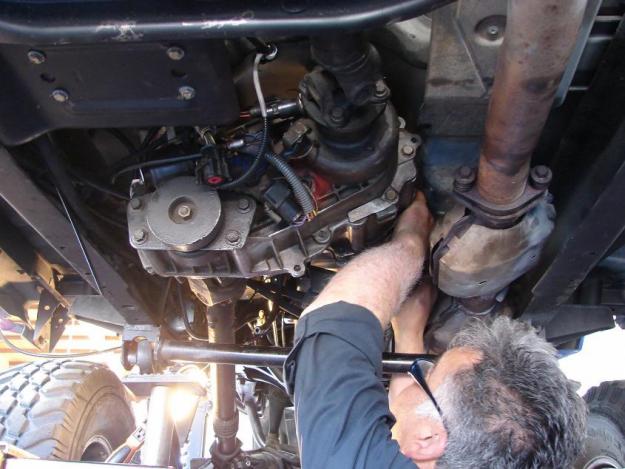In the corporate world, being ahead of the competition needs more than just technology. It also needs efficiency. One aspect that significantly affects the bottom line of companies is procurement. From managing contracts to sourcing, procurement processes play an important role when it comes to shaping the success of an organization.
What Lean Methodology Is
It refers to a methodology that concentrates on streaming procurement processes by reducing non-value-added activities and waste. It aims at enhancing customer satisfaction, increasing speed, reducing costs, and improving efficiency.
Experts at Gibson Consulting say that this method needs business organizations to identify processes involved in procurement and eliminate non-value-added steps. This includes using tech for better tracking, implementing just-in-time delivery strategies, consolidating supplies, reducing inventory levels, and optimizing transportation routes.
Its goal is to create a unique system that efficiently runs without unnecessary expenses or delays while delivering quality services or products to customers.
Why Lean Methodologies?
Business organizations expect their purchasing and procurement companies to provide assemblies and materials on time and meet their needs/demands. By applying a lean methodology to purchasing and procurement processes, organizations experience multiple benefits in the supply chain.
For instance, consulting companies can find the below results after applying lean methodologies to different customers’ procurement processes:
- Costs – Accuracy improvement from a lean methodology can reduce inventory by $2.7 million.
- Quality – Standardizing and optimizing an organization-to-organization data exchange process can decrease supplier-caused defects by around 95% during the whole process.
- Lead time – Using accuracy and inventory reporting standards can help in faster ordering and decision-making; thus, minimizing lead time for every non-standard item by 50%.
Lean Procurement and Technology
As expected, the technology evolution has increased the potential and power of lean thinking. Its goal of removing administrative or manual steps that don’t have value works with procurement technology. For instance, RFP management software, contract management tools, and spend management technology all prioritize streamlining and automating reporting and workflows.
Lean Practices for Streamlining Processes
Lean procurement is often based on lean production. The focus is primarily on customer satisfaction and operational efficiency.
You can streamline the whole procurement process by implementing proper practices. Some of the best practices you can implement are:
1. Eliminate Waste
Optimizing processes to eliminate waste is important for the success of any business. Those wasteful activities may decrease quality, lower profitability, and increase customer costs while negatively affecting employee satisfaction.
Identification of a non-value-adding activity and trying to improve the right process where they eliminate them or appear is important.
2. Choose Vendors and Suppliers
Source for the right vendors to make sure the flow of procurement is streamlined. Always look for a transparent vendor who provides quality services and starts to send quote requests. There is nothing wrong with contacting multiple vendors and keeping your offers open, but be thorough in the selection process.
In a Nutshell
Implementing lean methodologies in the procurement processes can help to maximize value, eliminate waste, and increase efficiency. By improving supplier collaboration, tracking performance metrics, using the right digital systems, and standardizing processes, your organization can reap the benefits of lean methodologies and streamline procurement processes.













